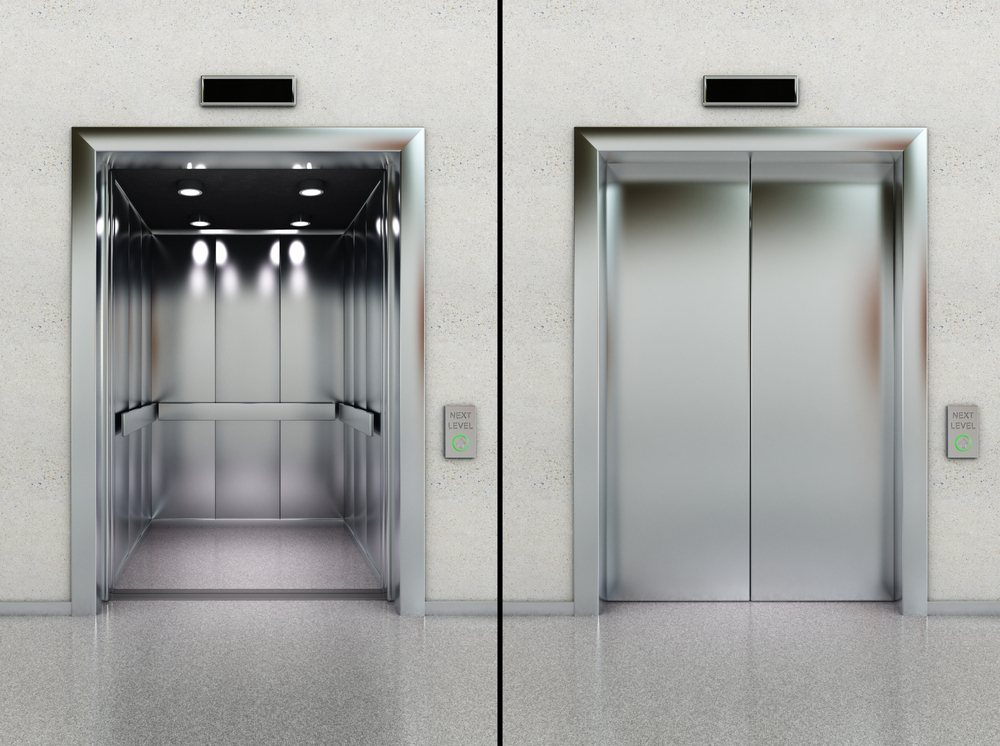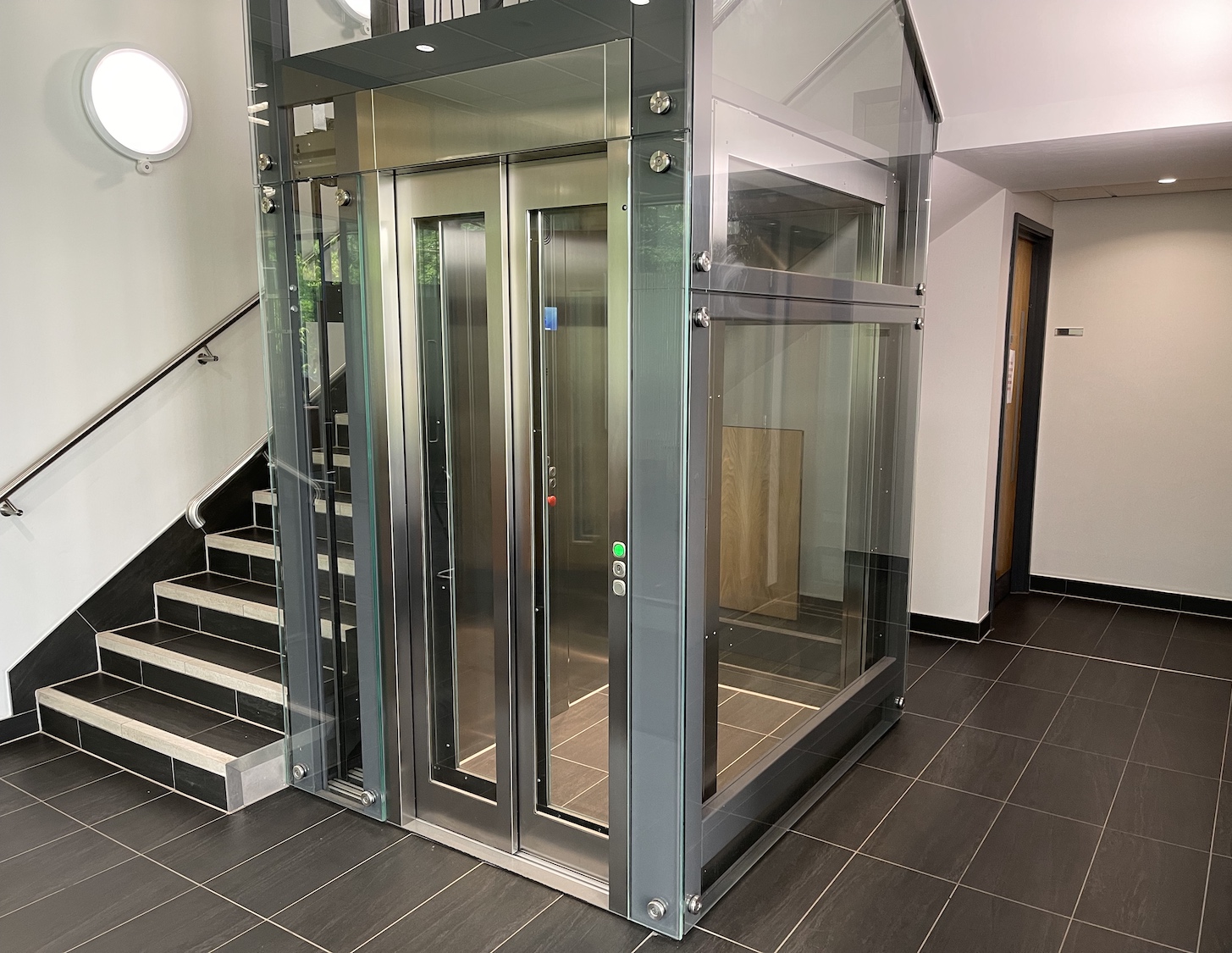Leading Lift Companies in London: Providing Exceptional Solution and Support
Leading Lift Companies in London: Providing Exceptional Solution and Support
Blog Article
Exploring the World of Elevators: Typical Concerns Dealt With by Various Lift Devices
As we navigate via the vertical transportation systems of modern structures, elevators stand out as a vital element of our everyday lives. From hydraulic elevators to traction systems and machine-room-less layouts, each lift type comes with its collection of typical problems.
Hydraulic Lifts
Hydraulic lifts, usually preferred for low-rise structures, utilize fluid stress to regulate the activity of the lift vehicle (lift repair companies). This system includes a hydraulic pump pressing oil into a cyndrical tube, creating the lift to relocate the wanted instructions. While hydraulic lifts are recognized for their silent and smooth operation, they do come with their own collection of usual issues
One common problem with hydraulic elevators is oil leak. Additionally, concerns with the control system, such as defective shutoffs or a malfunctioning pump, can cause disruptions in the elevator's motion.
Normal upkeep and punctual repair services are necessary to ensure the smooth performance of hydraulic elevators. By addressing these typical concerns proactively, structure owners can minimize downtime and ensure the safety and security and performance of their upright transportation system.
Grip Elevators
When thinking about upright transport systems in structures, an additional usual type besides hydraulic elevators is the traction elevator. Traction lifts operate utilizing a system of ropes and counterweights that relocate the lift car by clutching onto the hoist ropes. This mechanism permits for smoother and quicker upright transport compared to hydraulic systems.
Among the common problems encountered by grip elevators is rope wear. The continuous motion of the ropes within the grip system can cause tear and put on over time, potentially creating the elevator to breakdown or become dangerous for usage. Regular inspections and upkeep of the ropes are vital to guarantee the elevator's correct performance and safety.
One more concern that grip elevators may experience is associated with the control system. Problems with the control system can cause issues such as irregular motion, delays in reaction times, or also total shutdowns. Routine screening and upkeep of the control system are crucial to stop such issues and make certain the elevator's integrity.
Machine-Room-Less (MRL) Lifts

One of the key parts of MRL lifts is the compact gearless traction machine that is mounted within the hoistway. This device effectively drives the elevator car without the need for large devices discovered in standard grip lifts. Additionally, MRL elevators commonly utilize a weight system to stabilize the auto, additional improving their power performance.
Despite their advantages, MRL lifts may face obstacles associated with repair and maintenance because of the constrained space for equipment installment. Ease of access for servicing components within the shaft can be limited, calling for specialized training for specialists. Appropriate maintenance routines and routine evaluations are vital to guarantee the ongoing smooth procedure of MRL lifts.
Overloading and Weight Restriction Issues
Straining and weight restriction issues are critical problems in lift operations. Elevator makers style lifts with particular weight capabilities to make certain passenger safety and security and equipment longevity.
When elevators are overloaded, it puts too much strain on the electric motor, wires, and various other parts, potentially triggering malfunctions or failures. Safety systems such as sensing units and overload sensors remain in location to stop elevators from moving if they spot excess weight. Additionally, surpassing weight limits can bring about boosted energy usage and damage on the lift system.
To alleviate overloading concerns, building managers need lift companies in London to plainly present weight limitations in lifts and enlighten occupants on the significance of sticking to these restrictions - lift repair companies. Routine maintenance checks by certified service technicians can also help make sure that elevators are operating within risk-free weight criteria. By addressing overloading and weight limitation issues proactively, building owners can enhance lift safety and efficiency
Electrical System Failures
Going beyond weight limits in lifts can not just bring about mechanical issues but likewise potentially add to electric system failures within the lift facilities. Electrical system failings are a crucial concern in lift procedure, as they can create unexpected closures, malfunctions, or even security hazards. One common electrical concern is the overheating of components as a result of too much current circulation triggered by overloading the elevator beyond its capability. This can cause damage to the electric motor, control, or wiring systems, resulting in pricey fixings and downtime.
Moreover, power rises or fluctuations in the electric supply can likewise interfere with the lift's operation, impacting its performance and security. These electric disturbances can harm delicate lift parts such as control panels, circuit card, or sensing units, leading to system failures. Routine maintenance and examinations are important to identify and deal with prospective electrical issues quickly, ensuring the reliable and risk-free procedure of elevator systems. By sticking to weight limitations and carrying out routine electric system checks, building proprietors can alleviate the risk of electric failures in lifts.
Final Thought

Hydraulic lifts, typically preferred for low-rise structures, use fluid stress to control the movement of the lift automobile.When considering upright transportation systems in structures, another usual type apart from hydraulic lifts is the grip lift. Grip elevators run utilizing we maintain lifts a system of ropes and counterweights that move the elevator car by clutching onto the hoist ropes. Unlike traditional elevators that require a separate maker area to house the equipment, MRL elevators incorporate most of the parts within the shaft, eliminating the demand for a committed machine space.In verdict, lifts face london lift company typical issues such as hydraulic breakdowns, traction system failings, and electric system problems.
Report this page